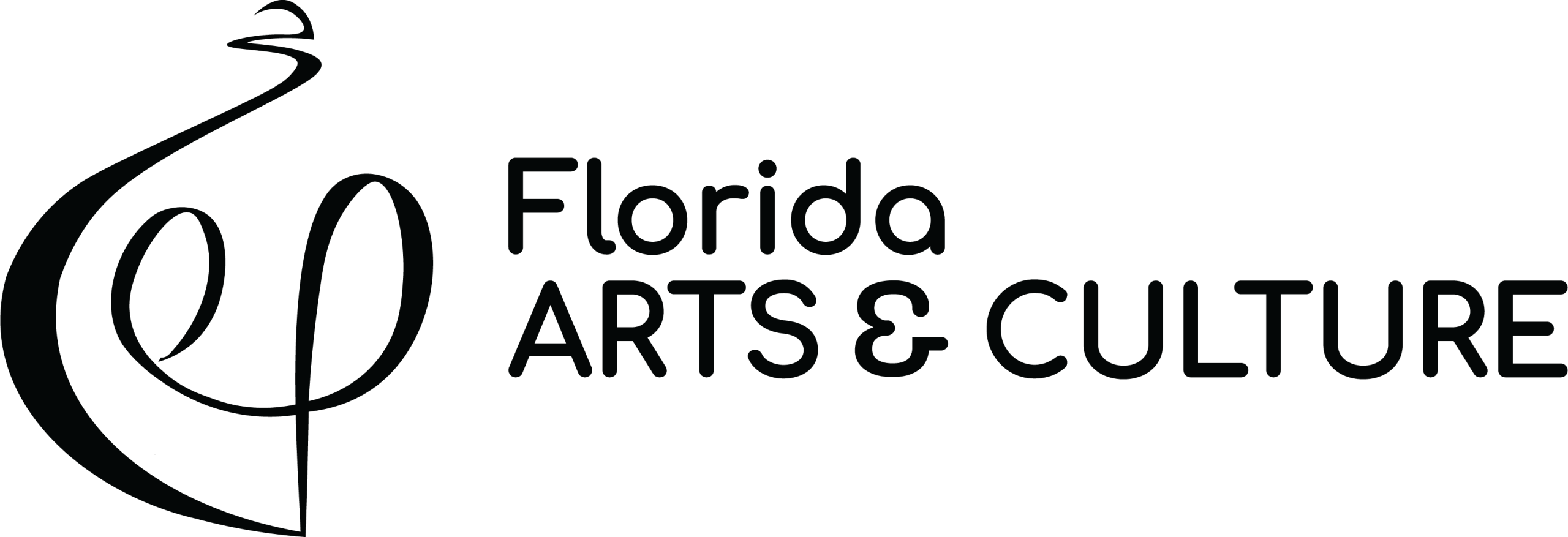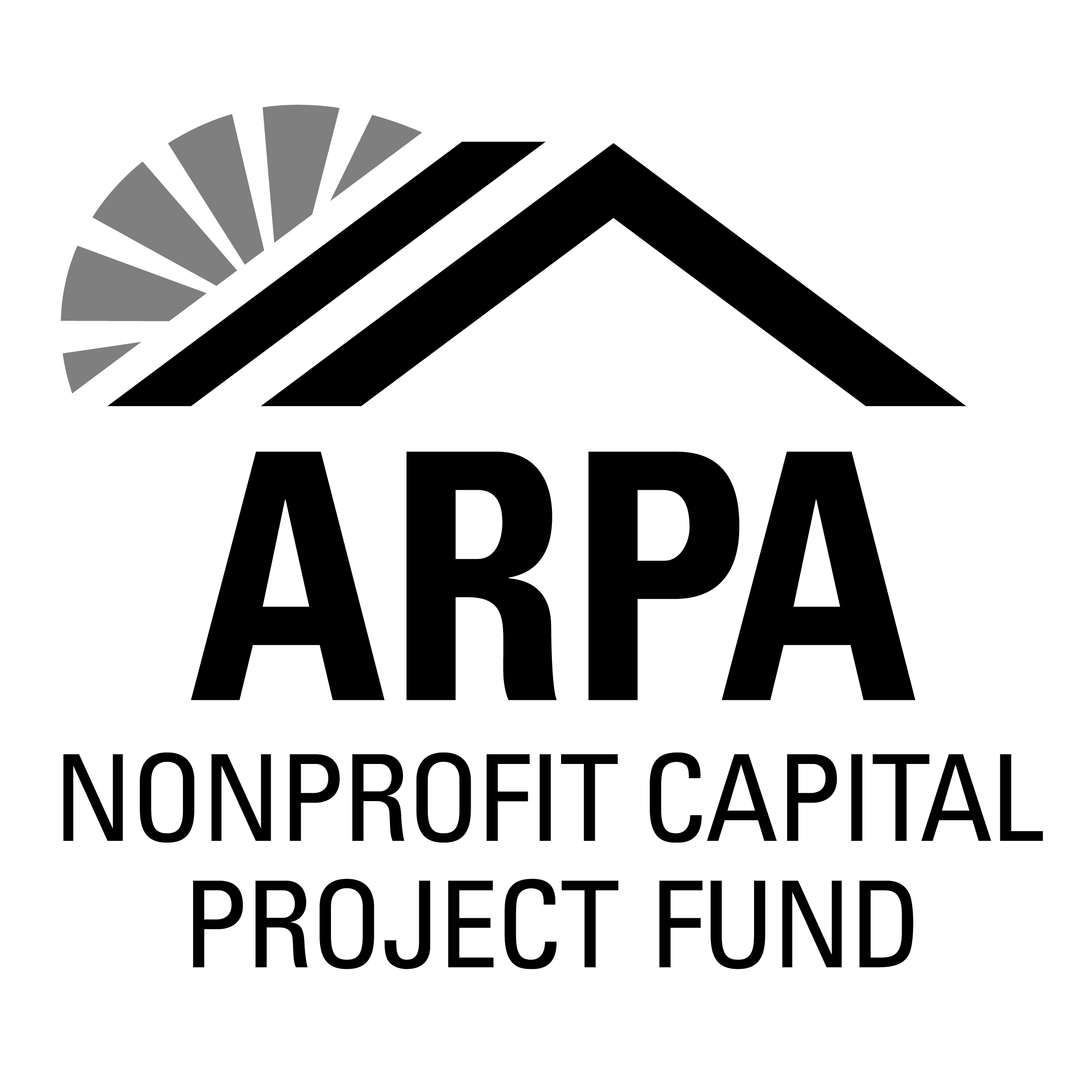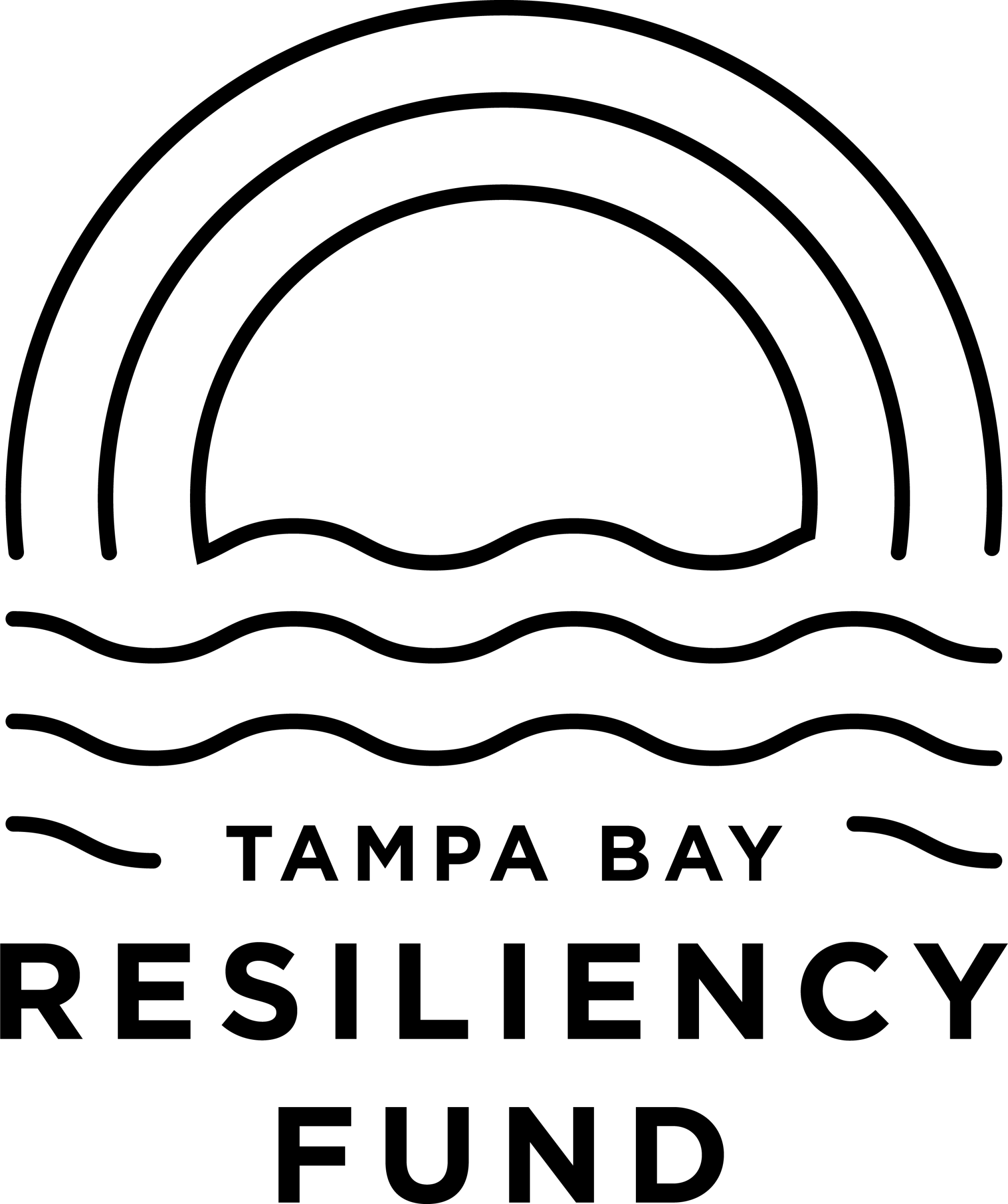Our guest editor during the month of March 2017 is artist Kirk Ke Wang. In addition to creating work in painting, sculpture photography and more, Wang is also a Professor of Visual Arts at Eckerd College. His workæcan be found in galleries, museums and private collections around the world. Wang took a moment to speak with us about his beginnings in art, young life in China, living through and after the Cultural Revolution and the importance of social engagement in art.
My first question is in two parts: When did you start creating art and when did you first consider making art your career?æ
Generally, most artists, when they like art they like to create and draw. They have an interest from when theyäó»re very young and grow up. Thatäó»s probably a normal track for being an artist. For me it was very, very different. I lived in a very difficult time in China and Chinese history. I was born and lived during the Cultural Revolution. There were no schools, no galleries, my parents were in a labor camp. Itäó»s ironic how and why I learned art. My parents didnäó»t know how long the Cultural Revolution was going to last, so they felt like I needed to learn a skill to survive. They had friends (not like now when we can just find a tutor), friends in the labor camp that were intellectuals that actually taught us how to draw, how to paint, how to write calligraphy and how to play musical instruments. The motivation for my parents was that so I could have a job, so I could survive, so I could have a skill and not have a heavy labor job. Otherwise, I would have to have hard labor work. This way, at least, I could work for the propaganda squad. My first art lessons werenäó»t like drawing landscapes or still life. It was how to paint Chairman Mao or write the characters of äóìLong live Chairman Maoäó or äóìLong live the Communist party.äó
In the labor camp, there were no materials for us to use to draw. They actually gave me toilet paper and then they found a brush for me. So, I could draw with water on toilet paper because it makes a mark. Once it dries you can use it again until itäó»s worn out. There were no pianos. My mom is a pianist. They found a desktop and drew the keyboard on it and the sound would be their voice because they were great musicians and professors. And we were kids so weäó»re were not going to play very complicated pieces. Our first musical instrument was a human instrument. But we enjoyed it. If we pressed the wrong note, they would sing the wrong note. Thatäó»s how my sister and I learned those skills.
I think most kids begin making art out of a place of self-expression and only later comes the idea that this skill could also be helpful to a career. Butæit was really the other way around for you.æ
The Cultural Revolution was a very scary thing. We saw people dying all the time and fighting and shouting and torture to my parents in front of us. We grew up in fear. This fear is with me even today. Sometimes I wake up in the morning after nightmares with the fear I had when I was five years old. During that time I didnäó»t have that pleasure of making art like many artists, like my daughter. Sheäó»s having fun, enjoying the color, enjoying the music and dance which is very important. But for us, it was to survive. I couldäó»ve died with hard labor, because I wasnäó»t born physically strong. I was quite weak because of malnutrition. I was so skinny and my parents worried about how I would survive. I was a boy and usually boys would first be sent to the labor squad. At least I would have a skill and that was my motivation. But, of course, while Iäó»m doing it, I enjoy it. That enjoyment is still there but the motivation is so different.
Now your work spans several different disciplines and media. The first work of yours that I saw was an installation that included sculpture, video, and sound among other things. Does use of all these different disciplines come naturally out of your practice or is it more intentional?æ
There are a few reasons for that. First, itäó»s because I needed to survive as an artist. After the Cultural Revolution was over I went back to college. I was lucky because these intellectuals that taught me in the labor camp during the Cultural Revolution later became professors. Because [of the Cultural Revolution] all universities, colleges and middle schools were all closed, they didnäó»t have formal schools open for 10 years. By the time I went to college, a year after Maoäó»s death, I was 16 years old. They liked my work and I stayed there for four years. By the time we were graduating, and because the colleges were closed, they were short on young faculty to teach. So they said, äóìWhy donäó»t you stay and teach?äó I told them I donäó»t have an MFA. They said, äóìDonäó»t worry; youäó»ll do your MFA later.äó So I started to teach as a college professor when I was 20 years old. To teach, I got a chance to learn many skills. My degree was in painting but I had to become adept at photography, sculpture, all kinds of media. Living in the college environment I had the luxury of learning different skills from different colleagues. Thatäó»s how I learned those skills, because I also had to teach it in the college environment.
But how I use those skills [in my practice] came when I moved to America. In China I didnäó»t really work other than teaching. To survive, to make a living as an artist, I had to use all of these skills I learned äóñ sculpting, installation, theatre.
There is a reason that is also deeper that is always in my work. Growing up in China, Social Realism was big which is always talking about content. Of course, the content could be propaganda. I always feel like content is more important than forms. Like language is a form. For example, I speak English now but I may think in Chinese, or someone may speak Spanish or French or German. But that doesnäó»t matter. What matters is what youäó»re going to say. The content, to me, is most important, whether itäó»s visual content or philosophical content. If you want to express something, it doesnäó»t matter if I have to use painting to express it or video or installation as long as I can express the idea thoroughly. I really donäó»t want to be labeled as a painter or a photographer.
The one criticism for artists using many forms, especially from collectors, is that they donäó»t have a thread to hold together the identity of the artist or as the work being of the artist so they cannot promote these artists or sell the work of these artists. I do have a thread, but the thread is not in form but in content. Itäó»s in what Iäó»m talking about.
Speaking of content, what I immediately notice about your work is that it seems to aim to engage people whether politically or socially. Is engaging people that way important to you?æ
Artists are not politicians, but I believe art should be very sensitive to our social surroundings. Weäó»re in the world. Weäó»re not above or below the world hiding in our cocoons doing our shapes and colors. That would be a tragedy. Weäó»re like any of the parts of this whole social machine. Iäó»ve really been getting back to Joseph Beuys idea of the social sculpture that art has a function to promote freedom, democracy and social wellbeing. As artists weäó»re not politicians and weäó»re not going to wheel and deal as politicians do. Weäó»re more like educators as artists. But weäó»re different than educators even, because weäó»re not teaching but raise questions. We act as a harbinger of things that will happen. We raise the questions, bring the debates for people to talk about and begin discussions. Thatäó»s what I believe good artwork should do.


